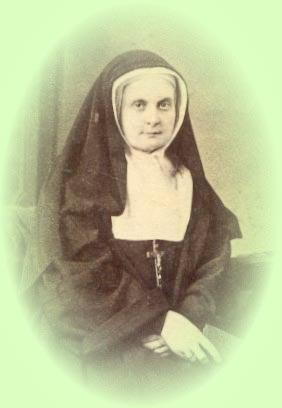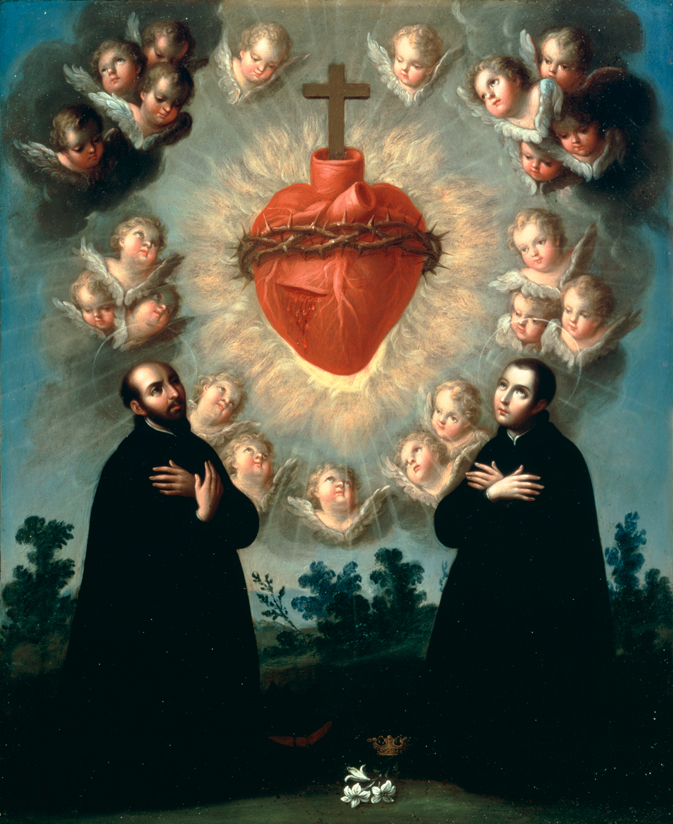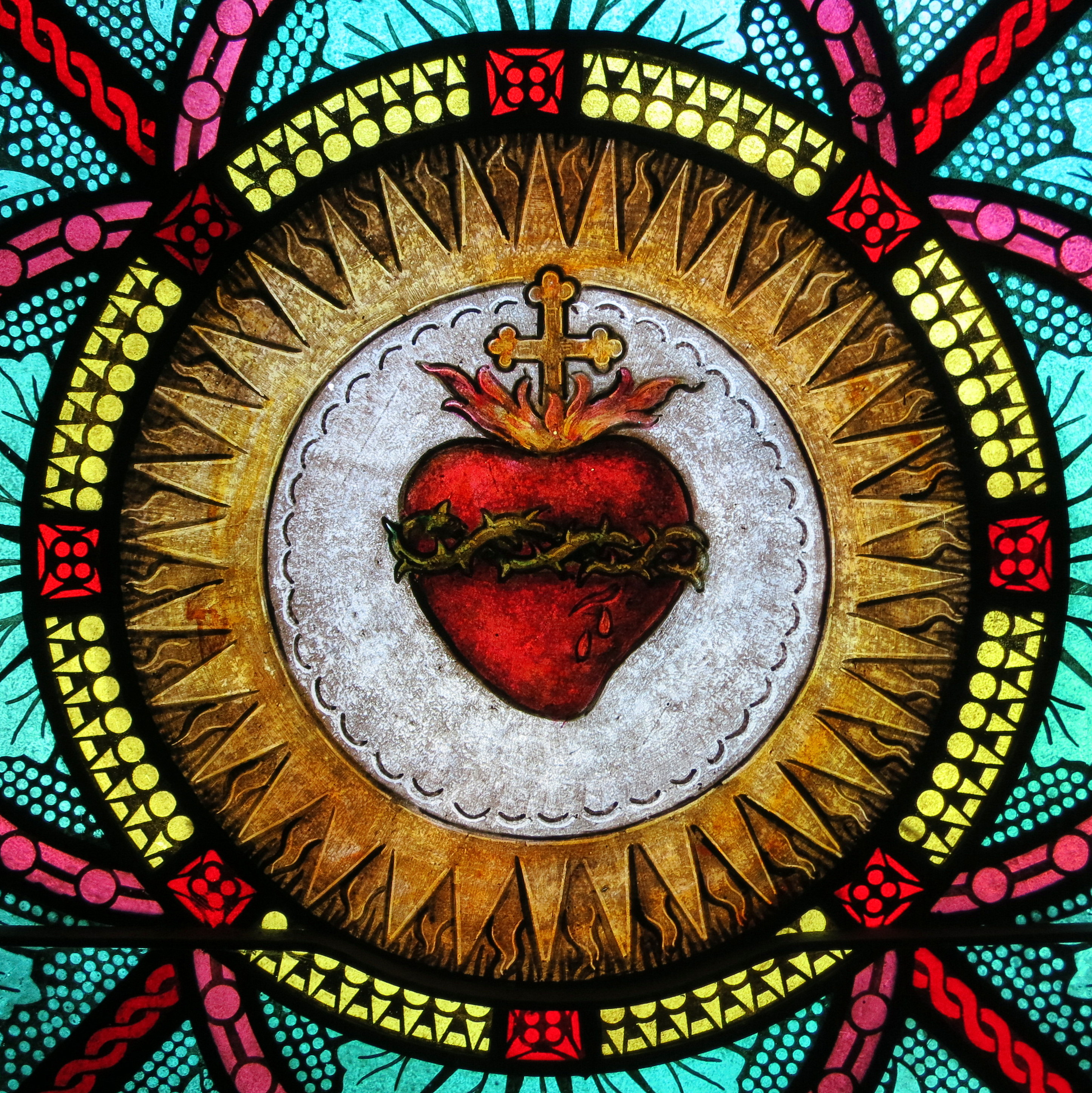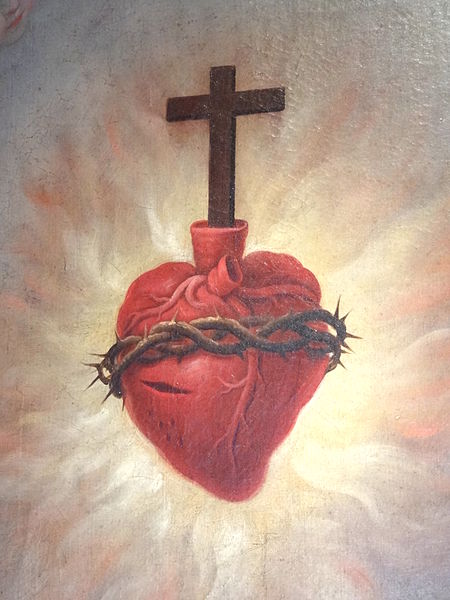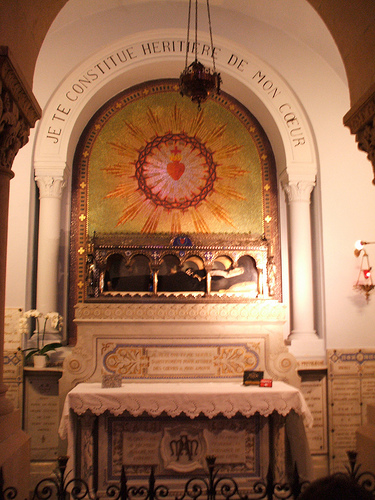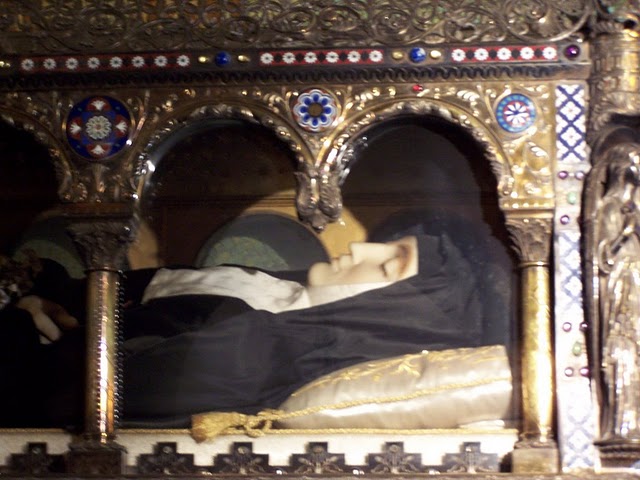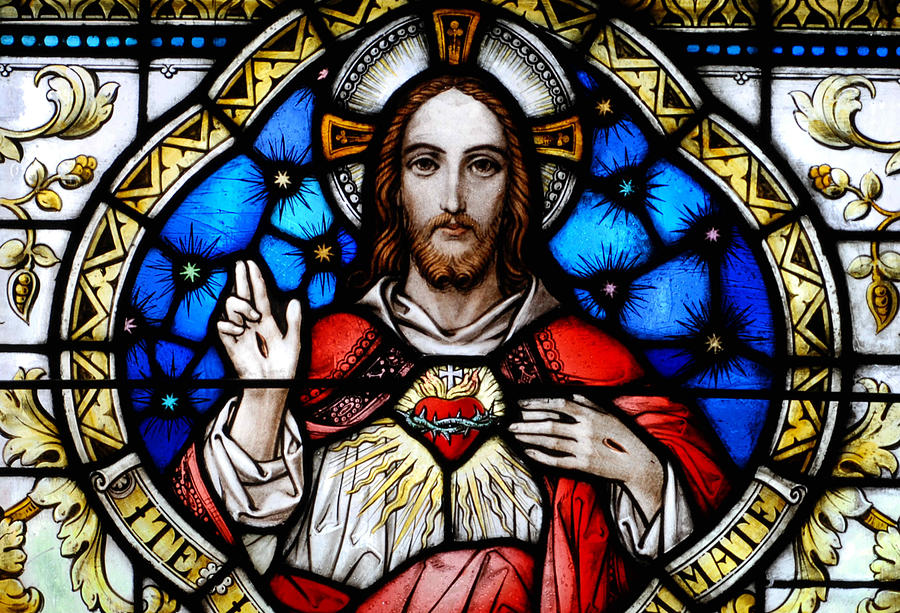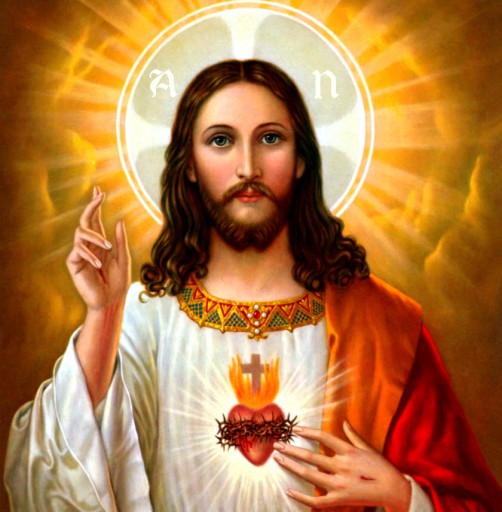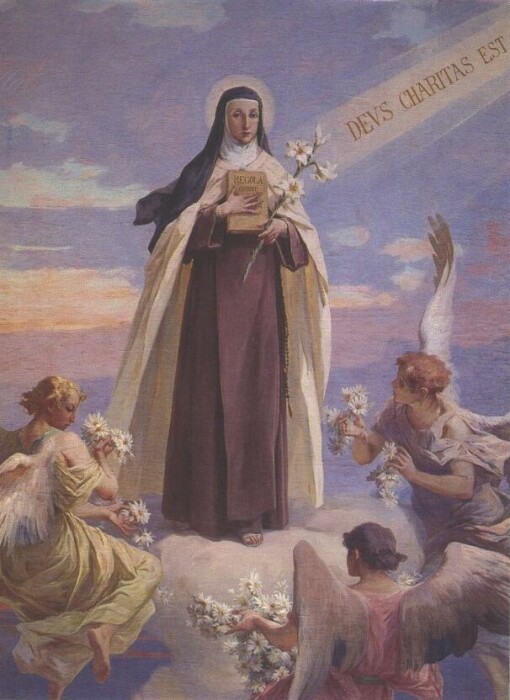
This Tuesday, Kelly will register Mara, in person, for Sacred Hearts of Jesus & Mary School, Sun Prairie, WI, 4K. (feigned sobbing) They grow up SOOOO fast! I know I will ponder that truth melancholically in my own heart, sincerely, soon enough. 🙁
We were asked, also, to send in a deposit if we intend Mara to continue at Sacred Hearts (aka, Little Hearts on the Prairie, cute! 🙂 beyond 4K, and we do, so we did. Both my fathers, the one of blood and the one of marriage, were wise and witty men and both faithful Catholics. My father-in-law, the late Richard B. Whitney, said of being Catholic, “It’s expensive!” How true. One of my favorite lines I’ll always remember and cherish. Tell you my own father’s favorite line regarding the Church and money some other time! 🙂
Also, we are in the midst of “Potty Wars”. My money is on the baby. Who knew? The only sound I have yet to hear coming from the bathroom is gun fire. And, Kelly, just this week, celebrated one of those “can’t say thirty-something anymore” birthdays. This is a particularly delicate time for me, I must say. I just follow directions and don’t interfere, which is difficult, as men and engineers are wont to solve problems! No? 🙂 But, men who want to remain married know their place. Right, guys? 🙂
The McCormick family has a very special devotion to the Sacred Heart. Grace always ended, growing up, with “O Sacred Heart of Jesus, we place our trust in Thee!” I am becoming more adept, through experience, interpreting those “knowing” looks my parents would always throw at each other when praying that prayer.
Born Anna Maria Redi into a large devout family in Arezzo, Italy in 1747. From the earliest days of her childhood, Anna Maria was filled with a deep love of God questioning the adults around her as to “Who is God”? Already she was dissatisfied with answers given her. Her entire life was driven by the desire to “return love for love”. She entered the Carmelite convent in Florence at the age of seventeen, advanced rapidly in holiness and died an extraordinary death at twenty-two. Her spiritual director reflecting on her death remarked “she could not have lived very much longer so great was the strength of the love of God in her”.
She was a beautiful child with clear blue eyes, golden hair and delicate features which might have caused one anticipate for her a future as the lady of a manor and a life of leisure.
Her father Ignatius and her mother Camille were of the lower Tuscan nobility but were not overly wealthy. Anna Maria was the second of thirteen children. Her mother bore twelve children in fourteen years. The last two were twins who lived only a few weeks. Three other children also died in infancy. After a gap of six years the last child, Teresa was born. This child was given Anna Maria’s name in Carmel. Anna Maria (St. Teresa Margaret) had died six years before little Teresa’s birth.
Camille did not have a strong constitution and the strain of childbirth left her a semi-invalid. As the oldest girl, Anna Maria was entrusted with the supervision of the older of her little siblings while her mother was busy in the nursery. Her father said of Anna Maria that she had a fiery temperament and she was not above getting physical to maintain control over her little charges.
Her father testified that he could clearly see that from the age of five, Anna Maria had given her heart completely to God and she used all her facilities to know and to love Him. In later years she told her confessor simply that “from infancy I have never longed for anything other than to become a saint.”
“Who is God?” she asked her mother, her father, her aunt… The answers she received from the adults around her never fully satisfied her. People told her about God, what God is, not who God is. When her mother told her one day that God is love, Anna Maria lit up with joy. This answer at last gave her some satisfaction. But then she wondered, “What can I do to please Him?” From this moment her inexhaustible quest to love God as He loved her had begun. It is touching to note that when this childhood zeal was brought up to her, she replied in innocence “But everyone does that”.
Anna Maria’s parents were serious and pious. The family circle was warm and loving. Family prayer and daily Mass were an integral part of their lives. It appears that Camilla would have liked more social life in the villa but Ignatius would have seen that as a waste of resources and time.
The Redi villa was an ideal home for a child with a religious disposition and it is probably not an accident that all but one of the eight surviving children entered religious life or the priesthood. The large comfortable house had inspiring murals of the crusades on the walls of the entrance hall. The bedrooms contained religious art. A striking fresco of the Assumption was on the ceiling of Camilla’s room. Anna Maria’s bedroom had its own altar where she spent hours in prayer, after bribing the young ones with holy cards if they would leave her in peace. Sometimes they would creep back to observe her absorbed in prayer. Her brother Cecchino recorded that he thought she looked like a little Madonna.
The villa contained beautiful gardens and orchards. Anna Maria could be found in the corner of the gardens looking toward heaven and “thinking”. Close to the house was a chapel. It was decorated simply with frescos from episodes in the life St. Francis of Assisi. Anna Maria took St. Francis as her patron and was inspired by him with a love of poverty.
Although it was a peaceful and prosperous home, the children were not permitted to be idle. They were expected to spend their leisure time constructively. Anna Maria learned sewing and knitting and she was sometimes found knitting a simple object while completely absorbed in prayer.
At the age of seven Anna Maria made her first Confession. At that time first Confession preceded first Communion by several years. She was very attracted to the sacrament and prepared for it carefully and received it often. A conversation which took place while returning from Church and recorded by her father gives an idea of her attitude towards the sacrament.
“I have been thinking about the text that was preached on Sunday, the unforgiving servant. We come to the great King of Heaven with empty hands, in debt to Him for everything: life itself, and grace, and all the gifts He lavishes on us. Yet all we can say is, ‘Have patience with me, and I will pay thee all I owe,’ while all the time we could never pay anything towards the remission of our own debts, if God did not put into our hands the means to do so. And then, how often do we go away and refuse pardon for some slight fault in our neighbors, withholding our love, remaining aloof, or even nursing a grievance against them, and building up grudges that cool charity.”
After this conversation, Ignatius, who already appreciated the piety of this child, felt certain that God was calling Anna Maria in a special way. From that point on he began to provide her with true spiritual direction appropriate to her understanding. It was Ignatius who introduced Anna Maria to the devotion to the Sacred Heart, a devotion which became one of the central focuses of her spiritual life. The love of this father and daughter grew deeper as their profound spiritual confidences expanded the already deep familial affection. As an adult, Sr. Teresa Margaret would say “So great was the good my father has done to my soul that I can truly claim that he has been my father twice over”. It is a tender irony that in aiding the rapid spiritual growth of this most beloved daughter Ignatius was preparing the path that would take her away from him forever.
St. Apollonia’s Boarding School
At the age of nine, Anna Maria was sent to the boarding school of the Benedictine nuns of St. Apollonia’s in Florence. While other families of their status thought educating their daughters was a waste of money, the Redi family was determined to do so. His decision to provide the best of educations for Anna Maria and her three sisters as well as for his four sons forced Ignatius to tighten the family budget. One of their sacrifices was to give up the family coach. This was not only a sacrifice in convenience but also in status. A coach was a mark of a family’s situation but Ignatius was not moved by such considerations. Young Anna Maria was deeply impressed by this sacrifice and urged her older brother to be very diligent in his studies in response to this generosity.
There were two reasons Anna Maria wanted to keep her interior life hidden. First, she understood from an early age that “the merits of a good action can diminish when exposed to the eyes of others who, by their praise or approval, give us satisfaction or at least flatter our self-love and pride too much; and that therefore it is necessary to be content to have God alone.” The second reason was in order to imitate the hidden life of the Holy Family. This singular family appeared to the folk of the little village of Nazareth to be no different from any other. This was Anna Maria’s goal.
She continually experienced movements of love which impelled her to try to live a more holy life. Yet she feared others would notice if she intensified her devotional exercises and this went against her determination to remain hidden. In her need, she turned to the one she called twice her father; and so started an extraordinary correspondence with Ignatius Redi. He remained her spiritual director for the next five years. It is a great loss for us that Ignatius, obedient to her wishes, burned each of Anna Maria’s letters after reading it.
It is a mark of Anna Maria’s intelligence that she succeeded in her almost contradictory goals, extraordinary growth in holiness while appearing to be just like all the rest. At the age of sixteen as her time at St. Apollonia was coming to an end, Anna Maria was finding it difficult to make a decision regarding her future. She felt drawn to the religious life and loved the Benedictine nuns at St. Apollonia yet there was something missing. A very strange and singular incident put Anna Maria on the path to Carmel.
One day a distant acquaintance of Anna Maria, Cecilia Albergotti, who was about to enter Carmel, paid a farewell visit to St. Apollonia. She told Anna Maria she wished to speak to her but the time passed and there was no opportunity to do so. However, as she was leaving Cecilia took Anna Maria’s hand and looked at her intently, saying nothing. Anna Maria walked back to her room with a strange feeling inside. Suddenly she heard the words “I am Teresa of Jesus, and I want you among my daughters.” Confused and a bit frightened, she went to the chapel and knelt before the Blessed Sacrament. She heard the words again.
Now convinced of the authenticity of the locution, she determined at that moment to enter Carmel and started immediately making plans to leave the school. She was only home for a few months when preparations were made for her application to the Carmel in Florence. She entered on September 1, 1764 a few weeks after her seventeenth birthday taking the name Teresa Margaret of the Heart of Jesus.
Entrance into Carmel
The community she entered contained thirteen professed nuns and two novices. The religious observance in the convent was excellent and Teresa Margaret always had high regard for the nuns there whom she called angels or great saints. She always, to her last day, felt unworthy to be among them.
From her first days in Carmel it was obvious to her superiors that she was an unusually mature and capable young woman. Because of her spiritual maturity she was treated severely by the novice mistress, Mother Teresa Maria, for the purposes of aiding her growth. Although Teresa Margaret exercised complete control over her actions and attitudes, her fair complexion which blushed bright red often gave away the interior battle she waged to maintain this control.
The period of postulancy was usually three months but it was extended one month because she developed an abscess on her knee. The ailment required surgery to scrape the infection away from the bone. This was done without anesthesia and the nuns marveled at her courage. Teresa Margaret however chided herself when a small whimper escaped her during the cutting. She feared that this ailment might cause the nuns not to accept her into the novitiate but there was no cause to worry. The nuns had found her spiritually mature, obedient, with a sweet and gentle nature. They considered her a gift and a true daughter of St. Teresa. She was accepted by a unanimous vote.
It was the custom at the time for the candidate to make a brief return to the world to consider once more the life she was leaving behind. Teresa Margaret visited again with members of her family and spent precious time with her father. There was no doubt now that their next parting would be forever. If anything could have kept Teresa Margaret from retuning to the Carmel, it would have been the pain she was causing her father. When Ignatius brought her back to the convent those around her were alarmed at her pallor. That evening she confided in her superior, Mother Anna Maria “I do not think that it is possible for me ever to suffer greater pain than that which I experienced in leaving my father.” She wept copious tears that night to the point of alarming Mother Anna Maria and causing her to wonder how Teresa Margaret had kept her composure through the day.
The next day Teresa Margaret was composed and radiant. Her father however was overcome and moved to a back corner of the church unable to watch the clothing ceremony. Later in the afternoon he was able to visit with her in the parlor. He could see her flooded with the peace the world cannot give and a joy no earthly pleasure can produce. He left her with an emptiness his other children could never fill yet he was at peace and thankful to God for the gift of this sacrifice.
The duties of the novices were general housekeeping and various small tasks needed by the community. But even as a novice, Teresa Margaret started the work that would take most of her time and energy for the rest of her years in Carmel; that of caring for the sick. Of the thirteen professed nuns, nine were elderly and often ill. Teresa Margaret started by assisting the aged novice mistress prepare for bed each night. She then took on the care of an ailing novice. More and more she spent any free time assisting the infirmarian in caring for one or the other of the seriously ill nuns. Some times she would move into the room of a sick sister to provide care during the night. Aside from the required periods of prayer Teresa Margaret gave her self to physical labor. Her work went far beyond what was required or expected.
A year after her clothing Teresa Margaret was scheduled to be professed. The abscess on her knee reappeared. She wondered if this might be a sign that she was mistaken, that she did not have a vocation after all. She brought her doubts before God with simplicity and humility desiring only the will of God whatever it might be. The abscess disappeared. When the time came for her profession, with honest feelings of unworthiness she asked to be professed as a simple lay Sister. This was not allowed but she kept this humble attitude all through her life in Carmel and often helped the lay sisters at their tasks. No duty was too lowly for her.
Theresa Margaret lived only four years after her Profession. For two years she served as assistant sacristan but never gave up her work among the sick. She was finally named assistant infirmarian though she had been doing the job all along.
She loved this job and the constant charity it demanded for she stated “love of neighbor consists in service.” Although “assistant” she soon was in fact exercising full responsibility for the infirmary. She was young and strong and seemed to thrive on the hard work. During her years of service, in spite of her continued determination to keep hidden her gifts and graces, remarkable incidences occurred: the miraculous healing which occurred after Teresa Margaret, filled with compassion, kissed a sister weeping in pain; her ability to converse with a deaf nun with whom no one else could communicate; various cures which, though not miraculous were at the least unusual; and her uncanny ability to know when a patient needed her no matter where in the monastery she might be.
Her Interior Life
Teresa Margaret had a rich, active interior life. The first tenant, as has been mentioned, was to remain hidden, to keep her gifts and graces hidden from all but her Lord while appearing quite ordinary to the world.
In her desire to prove her love to God, she practiced severe penances; sleeping on the floor, using a hairshirt, leaving windows open in the winter and closed in the summer, taking the discipline, etc. There was nothing masochistic in these practices. She wanted to discipline her body and unite herself to the suffering Christ. For her, suffering was a way of repaying love for love. As she grew she modified these practices and took as her motto “Always receive with equal contentment from God’s hand either consolations or sufferings, peace or distress, health or illness. Ask nothing, refuse nothing, but always be ready to do and to suffer anything that comes from His Providence.”
Her daily spiritual exercises were simple. She determined to present a smiling and serene exterior no matter how severe her interior and exterior trials. She practiced the art of never doing her own will for she believed that “she who does not know how to conform her will to that of others will never be perfect.” She would never offer an excuse for a fault or defend herself when falsely accused. She wrote that “everything can be reduced to interior movements, where the constant exercise of abnegation is essential.” She believed that God would be found when God alone is sought. To that end she made the following resolution: “I propose to have no other purpose in all my activities, either interior or exterior, than the motive of love alone, by constantly asking myself: ‘Now what am I doing in this action? Do I love God?’ If I should notice any obstacle to pure love, I shall take myself in hand and recall that I must seek to return my love for His love.” As for love of neighbor, she determined to “sympathize with their troubles, excuse their faults, always speak well of them, and never willingly fail in charity in thought, word or deed”.
All these little practices seem to be no more than what any good Christian should be doing. How simple and un-heroic they are. Yet to spend even one day in the minute by minute application of them would be more than most could hope to accomplish.
One Sunday in choir, Teresa Margaret was given a particular grace to understand the deep meaning of the love of God. While the community was reciting Terce, the words “Deus caritus est” (God is Love, I John 4:8) were read and it seemed to her she heard them for the first time. She was flooded with an elevated understanding of these words that seemed to be a new revelation. Despite the fact that she tried carefully to hide this sudden grace, all around her were aware something out of the ordinary had happened. These words occasioned a mystical experience which transformed her knowledge of God.
For the next few days the words “God Is Love” were constantly on her lips as she went about her duties. She appeared so out of herself that the Carmelite Provincial was brought in to examine her to see if she were suffering from “melancholy”. After examining her he responded: “I would indeed very happily see every sister in this community afflicted with such ‘melancholy’ as that of Sister Teresa Margaret!” It was only later that the community came to attribute her “faraway look” to her habitual awareness of the presence of God and His continual operations in her.
Night of the Spirit
This grace was however to start a great spiritual trial for Teresa Margaret. She had always found it impossible to return to God “love for love” as she desired. Now that she had a mystical experience of the love of God the abyss between God’s love for her and her ability to return that love sufficiently became a source of increasing torment to her.
In a series of letters to her spiritual director, Fr. Ildephonse, she wrote: “I am telling you in strict confidence, sure of your discretion that I find myself in pain because I am not doing anything to correspond to the demands of love. I feel that I am continually being reproached by my Sovereign Good and yet, I am very sensitive to the slightest movement contrary to the love and knowledge of Him. I do not see, I do not feel, I do not understand anything interiorly or exteriorly which could impel me to love … no one can imagine how terrible it is to live without any love when one is actually burning with the desire for it.”
“This is a torture to me, let alone the fact that it requires such an effort to apply myself to the things of God,” she confessed later. “I fear that God is very displeased with my Communions; it seems that I have no desire to ask His help because of the great coldness which I experience … It is the same with prayer and, of course, in all the other spiritual exercises. I am continually making good resolutions but I never succeed in attaining some way of successfully overcoming these obstacles which stand in my way and prevent me from throwing myself at His feet.”
“The tempest has become extremely violent and I feel myself being so knocked about that I scarcely know what to do if this continues. Everywhere there is darkness and danger. My soul is so dark that the very things which used to afford me some spiritual consolation are only a source of torture to me … I must do violence to myself in order to perform each interior and exterior spiritual exercise … Finding myself in this state of supreme weariness I commit many failings at each step … My mind is in such turmoil that it is open to temptations of every sort, especially to those of despair … I have a great fear of offending God grievously … I see that I do wrong and at the same time try to follow the inspiration to do good and then I feel remorse for my infidelity; and to top it all, I am not succeeding in conquering myself because my repugnance is so great …”
“The cruelest torturer of her soul,” wrote Fr. Ildephonse, “was her love which, in the very same measure that it increased – hid itself from the eyes of her spirit. She loved, yet believed she did not; in the measure love grew in her soul, in the same measure augmented the desire of loving and the pain of thinking that she did not love.” He was convinced that she was at the stage of Spiritual Marriage. When he later heard of her sudden and unexpected death he remarked “she could not have lived very much longer so great was the strength of the love of God in her.”
Her Death
It is suspected that Teresa Margaret had a premonition of her death. After obtaining permission from Fr. Ildephonse, she made a pact with Sr. Adelaide, an elderly nun she was caring for. The pact was that when she died, Sr. Adelaide would ask God “to permit Sister Teresa Margaret to join her quickly in order that she may love Him without hindrance for all eternity and be fully united with the fount of divine charity.” Shortly after the death of Sr. Adelaide, Teresa Margaret was indeed with God. It is likely that the cause of Teresa Margaret’s death was a strangulated hernia. It is probable that it was in lifting the heavy, inert body of Sister Adelaide that she strained herself causing the hernia. If so, it was a delightful seal to their pact.
In mid-February, 1770, Teresa Margaret wrote her last letter to her father, in which she begged that he begin a novena to the Sacred Heart at once for a most pressing intention of hers.
On March 4th she asked Father Ildefonse to allow her to make a general confession, as though it were to be the last of her life, and to receive Communion the following morning in the same dispositions. Whether or not she had any presentiment that this was indeed to be her Viaticum one cannot know; but in fact it was. She was only twenty-two years old and in excellent health, yet it appears she was making preparations for her death.
On the evening of March 6th Teresa Margaret arrived late to dinner from her work in the infirmary. She ate the light Lenten meal alone. As she was returning to her room, she collapsed from violent abdominal spasms. She was put to bed and the doctor was called. He diagnosed a bout of colic, painful but not serious. Teresa Margaret did not sleep at all during the night, and she tried to lie still so as not to disturb those in the adjoining cells. The following morning she seemed to have taken a slight turn for the better
But when the doctor returned he recognized that her internal organs were paralyzed and ordered a surgeon for a bleeding. Her foot was cut and a bit of congealed blood oozed out. The doctor was alarmed and recommended that she should receive the Last Sacraments right away. The infirmarian however, felt that this was not necessary, and was reluctant to send for a priest because of the patient’s continued vomiting. In addition, Sister Teresa Margaret’s pain appeared to have lessened. The priest was not called.
Teresa Margaret offered no comment, nor did she ask for the Last Sacraments. She seemed to have had a premonition of this when making her last Communion “as Viaticum”. She held her crucifix in her hands, from time to time pressing her lips to the five wounds, and invoking the names of Jesus and Mary, otherwise she continued to pray and suffer, as always, in silence.
By 3 p.m. her strength was almost exhausted, and her face had assumed an alarmingly livid hue. Finally a priest was called. He had time only to anoint her before she took her flight to God. She remained silent and uncomplaining to the end, with her crucifix pressed to her lips and her head slightly turned towards the Blessed Sacrament. The community was stunned. Less than twenty-four hours earlier she had been full of life and smiling serenely as she went about her usual duties.
Glory Revealed
Teresa Margaret had attempted all her life to remain hidden. In many ways she succeeded. But upon her death, the veil over her exalted sanctity was lifted by God Himself.
The condition of Teresa Margaret’s body was such that the nuns feared it would decay before proper funeral rites could be accomplished. Her face was discolored, her extremities were black, the body already bloated and stiff. When her body was prepared and laid out in the choir later in the day, it was almost unrecognizable to the sisters who had lived with her for the last five years.
Her funeral was held the following day and plans were made for her immediate burial. When she was moved into the vault however, everyone noticed that a change had taken place in the body. The blue-black discoloration of her face was much less noticeable. The community decided to postpone the burial. A few hours later a second examination showed that the entire body had regained its natural color. The nuns were consoled to see the lovely face of Teresa Margaret looking just as they had known her.
They begged the Provincial’s permission to leave her unburied until the next day, a request which he, dumbfounded at this astonishing reversal of natural processes, readily granted. The final burial of the body was arranged for the evening of the 9th of March, fifty-two hours after her death. By that time her skin tint was as natural as when alive and in full health, and the limbs, which had been so rigid that dressing her in the habit had been a difficult task, were flexible and could now be moved with ease.
This was all so unprecedented that the coffin was permitted to remain open. The nuns, the Provincial, several priests and doctors all saw and testified to the fact that the body was as lifelike as if she were sleeping, and there was not the least visible evidence of corruption or decay. Her face regained its healthy appearance; there was color in her cheeks. Mother Victoria, who had received the profession of this young nun, suggested that a portrait should be painted before the eventual burial. This was unanimously agreed to, and Anna Piattoli, a portrait painter of Florence, was taken down to the crypt to capture forever the features that now in death looked totally life-like.
The Carmel burial vault was a scene of much coming and going during these days, and had assumed anything but a mournful atmosphere. By the time the painting was completed, a strange fragrance was detected about the crypt. The flowers that still remained near the bier had withered. But the fragrance persisted, and grew in strength, pervading the whole chamber. And then, miles away in Arezzo her mother Camilla also became aware of an elusive perfume which noticeably clung to certain parts of the house.
During the next two weeks several doctors and ecclesial authorities came to the crypt to examine the body. As the days continued to pass the body regained more and more the characteristics of a living being. The Archbishop of Florence came on March 21 to make his own examination. The body was now totally subtle. Her bright blue eyes could be seen under lids slightly opened. Finally a little moisture collected on her upper lip. It was wiped off with a piece of cloth and rendered a “heavenly fragrance”. The Archbishop declared: “Extraordinary! Indeed, it is a miracle to see a body completely flexible after death, the eyes those of a living person, the complexion that of one in the best of health. Why, even the soles of her feet appear so lifelike that she might have been walking about a few minutes ago. She appears to be asleep. There is no odor of decay, but on the contrary a most delightful fragrance. Indeed, it is the odor of sanctity.”
Teresa Margaret was finally buried eighteen days after her death. The report of miracles attributed to her intercession began immediately. Thirty-five years later, on June 21, 1805, the Feast of the Sacred Heart, the incorrupt body of St. Teresa Margaret was transferred to the nuns’ choir in the Carmel of Florence where it remains to this day.
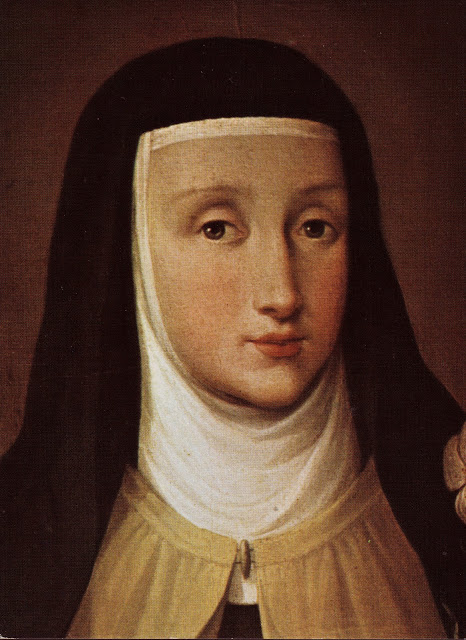
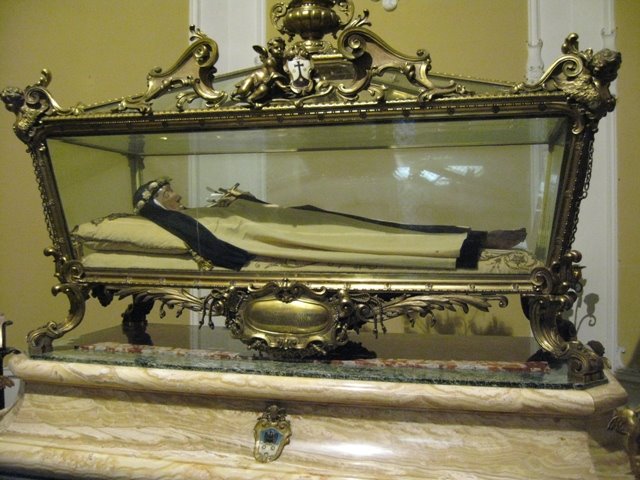
“… my God, I do not want anything else other than to become a perfect image of You and, because Your life was a hidden life of humiliation, love, and sacrifice, I desire the same for myself. I wish, therefore, to enclose myself in Your loving Heart as in a desert in order to live in You, with You, and for You this hidden life of love and sacrifice. You know indeed that I desire to be a victim of Your Sacred Heart, completely consumed as a holocaust by the fire of Your holy love. And thus Your Heart will be the altar upon which I must be consumed, my dearest Spouse; You will Yourself be the priest Who must consume this victim by the fire of Your holy love.” -from the Act of Oblation of St Teresa Margaret Redi of the Sacred Heart.
St Teresa Margaret Redi of the Sacred Heart, OCD, was the subject of Chapter 2 of St Teresa Benedicta of the Cross, OCD, (Edith Stein)’s (1891-1942), who was killed at Auschwitz, book, “The Hidden Life”, written in 1939.
Love,
Matthew
It was long, mea culpa, but it’s Lent. It’s good for us! 🙂


